 Monticellonian
Monticellonian
Time Period: Early Twentieth Century (1901 - 1940) - Starting with M
 Monticellonian
Monticellonian
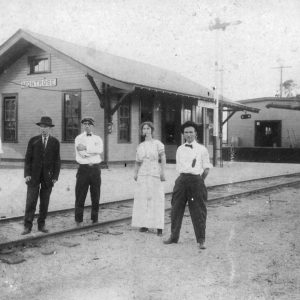 Montrose Depot
Montrose Depot
 Montrose Flood
Montrose Flood
 Montrose Flood
Montrose Flood
Monument to Confederate Women
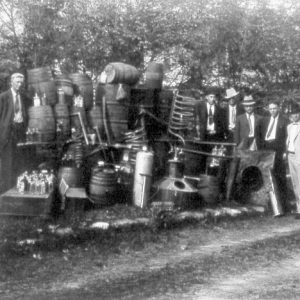 Moonshine Still
Moonshine Still
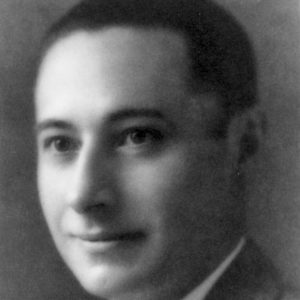 Robert Booth Moore
Robert Booth Moore
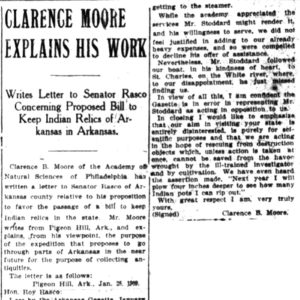 Clarence Moore Article
Clarence Moore Article
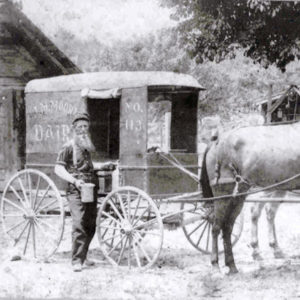 J. M. Moore Delivering Milk
J. M. Moore Delivering Milk
 Moore Motor Company
Moore Motor Company
Moore v. Dempsey
Moore, Clarence Bloomfield
Moore, Frank
 Moorefield Cotton
Moorefield Cotton
Moorefield School
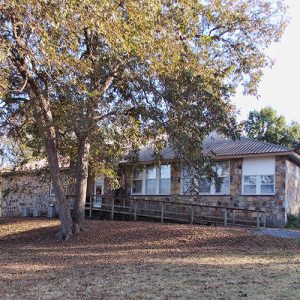 Moorefield School
Moorefield School
Moose Addition Neighborhood Historic District
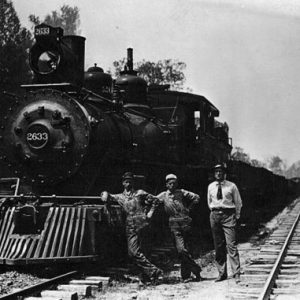 MoPac Locomotive
MoPac Locomotive
 MoPac Wreck
MoPac Wreck
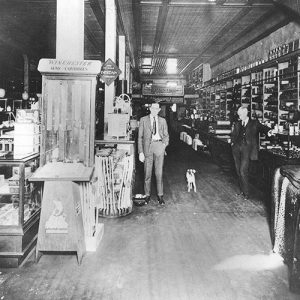 J. H. Morgan & Sons Hardware Company
J. H. Morgan & Sons Hardware Company
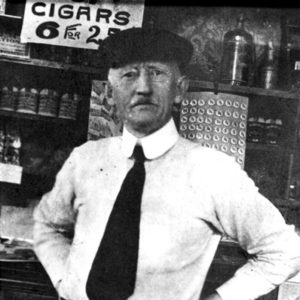 Tom Morgan
Tom Morgan
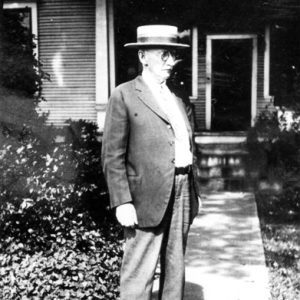 Tom Morgan
Tom Morgan
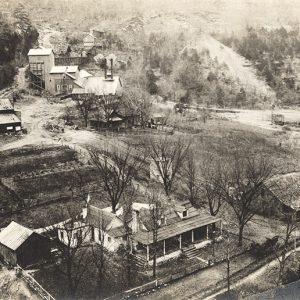 Morning Star Zinc Mine
Morning Star Zinc Mine
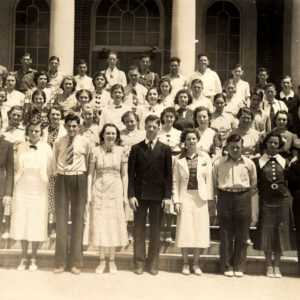 Morrilton Graduates
Morrilton Graduates
 Morrilton Library
Morrilton Library
 Morrilton Meat Market and Sausage Factory
Morrilton Meat Market and Sausage Factory
Morrilton Post Office
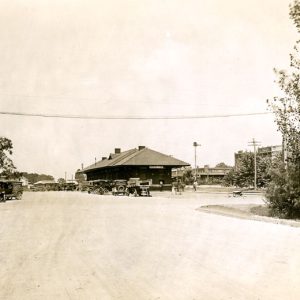 Morrilton Street Scene
Morrilton Street Scene
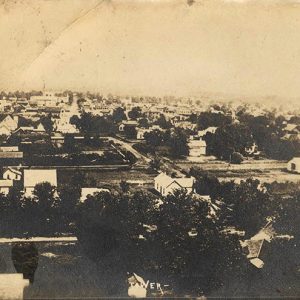 Morrilton Street Scene
Morrilton Street Scene
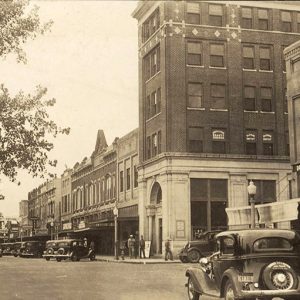 Morrilton Street Scene
Morrilton Street Scene
 Morrilton Street Scene
Morrilton Street Scene
 Morris Hall
Morris Hall
 Elias Morris
Elias Morris
Morris, Elias Camp
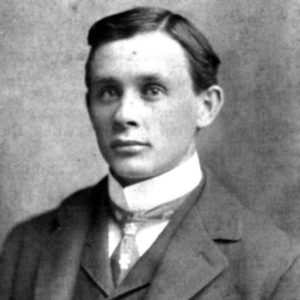 J. W. Morris
J. W. Morris
Morris, John Baptist
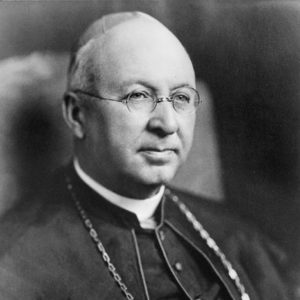 John Baptist Morris
John Baptist Morris
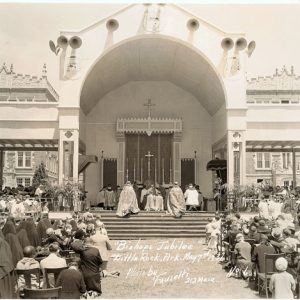 John Baptist Morris
John Baptist Morris
 John Baptist Morris
John Baptist Morris
 Morrison Family
Morrison Family
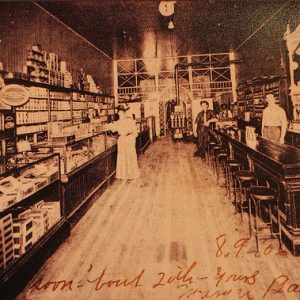 John P. Morrow Confectionery
John P. Morrow Confectionery
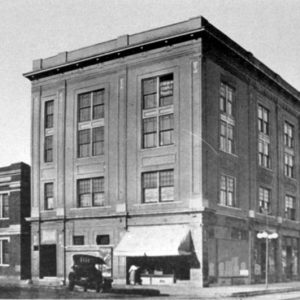 Mosaic Templars Headquarters
Mosaic Templars Headquarters
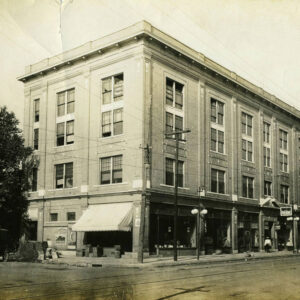 Mosaic Templars Headquarters
Mosaic Templars Headquarters
Mosaic Templars of America
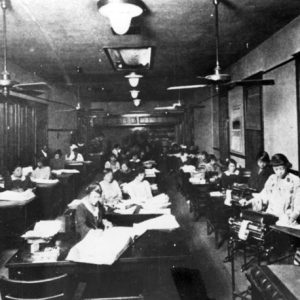 Mosaic Templars Secretarial Pool
Mosaic Templars Secretarial Pool
 Moscow Store and Post Office
Moscow Store and Post Office
Moses, Colter Hamilton (Ham)
 Ham Moses
Ham Moses
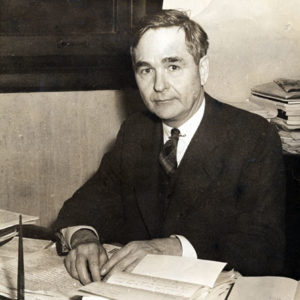 Ham Moses
Ham Moses




